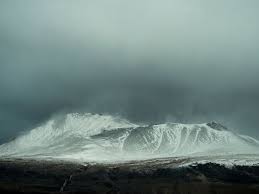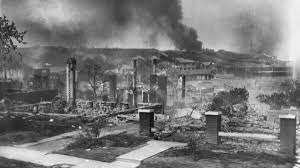
According to science, the year 536 was the worst time to be alive in History and here is why.
We can all agree that 2020 and 2021 have been difficult. If we were asked to pick what we felt were the worst times to be alive, these years would be the top two on our list.
Still, Harvard professor, historian and archaeologist Michael McCormick says the worst year was the year 536, one year when the sun was almost absent throughout several parts of the World, making it one of the coldest decades in thousands of years and resulting in a century of severe economic turmoil.
According to him, this discovery was made when his team analysed an ancient ice core pulled from the Swiss Alps, which showed historical data of more than 2,000 years.
The core was 72-metres long and showed dust and metal particles at various levels. This hinted at changes Europe experienced in their atmosphere over the past two millennia.
From this data, it was discovered that the trigger to these challenging 18 months was an explosion from a volcano in Iceland whose ashes created a fog of darkness for nearly 18 months in Europe, the Middle East and many parts of Asia.
Procopius, the famous Byzantine Historian, wrote that during those long months, the sun seemed to be in the constant state of an eclipse, while Roman politician Cassiodorus described the sun to have a bluish tint, noting that on the other hand, the moon had lost its lustre and seasons had gone off track.
It was so bad that people couldn’t even see the shadows of their bodies.
This resulted in changes in temperature as there was extreme cold. Temperatures in summer weren’t spared, which ensured that it was the coldest decade in the past over 2000 years.
Plants couldn’t thrive under these conditions, and so many died. There was a famine in almost every nation of the World.




